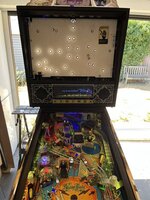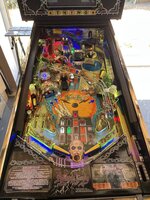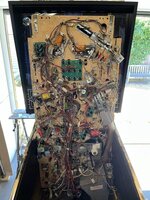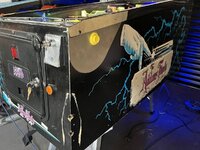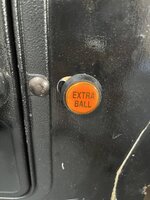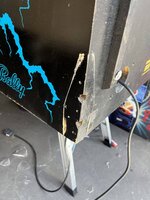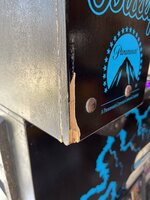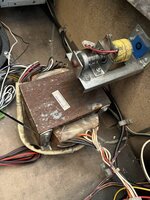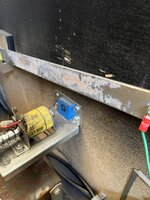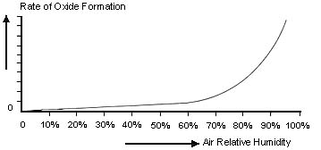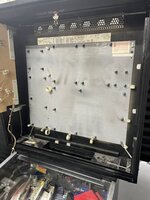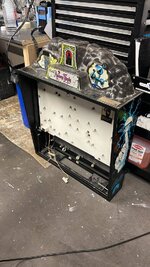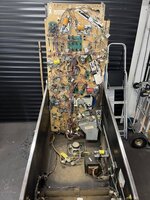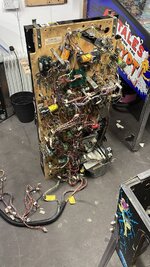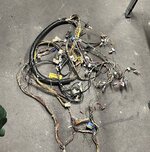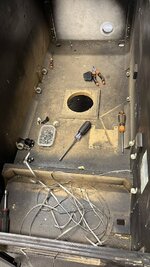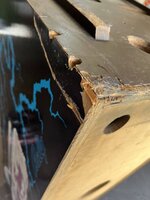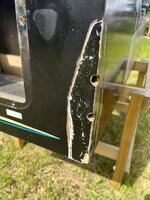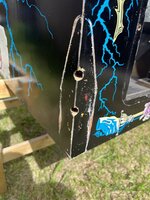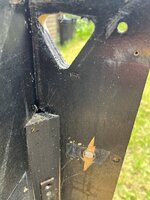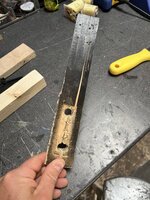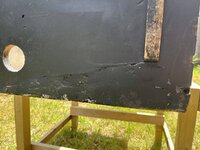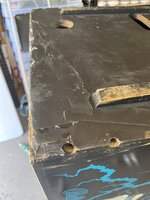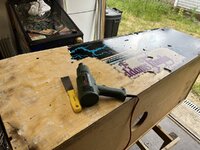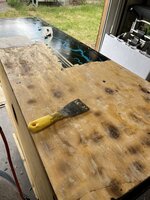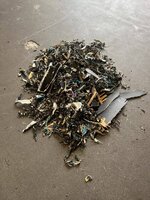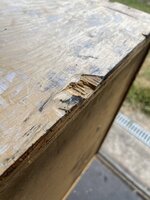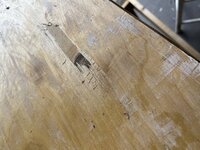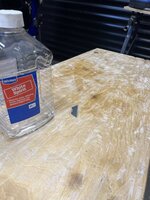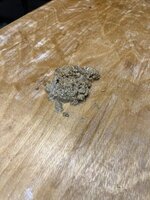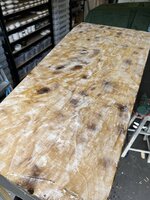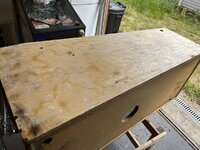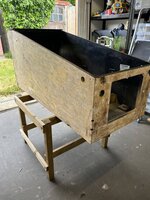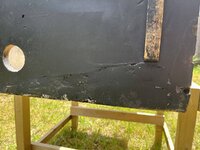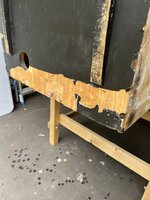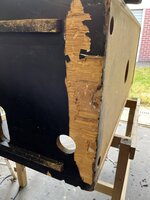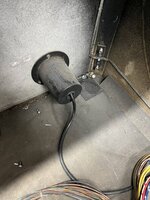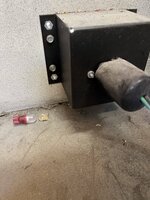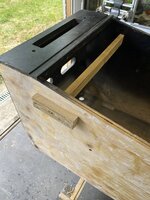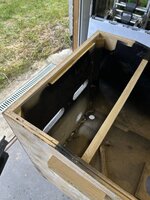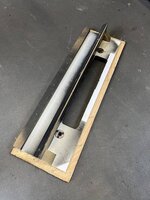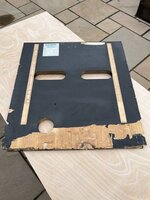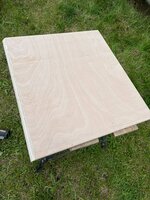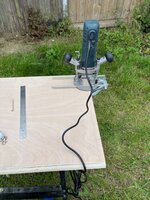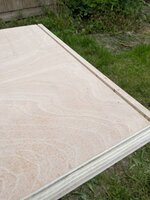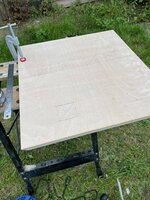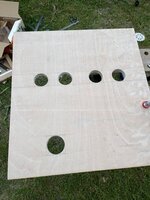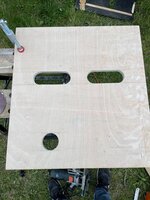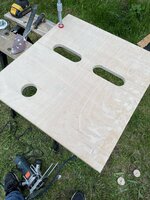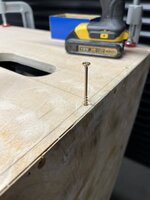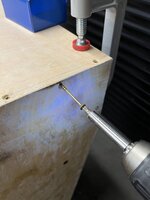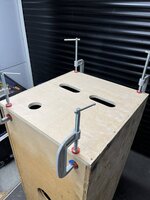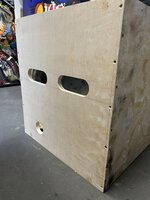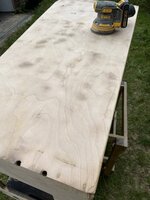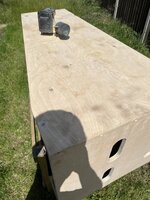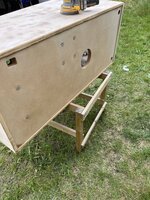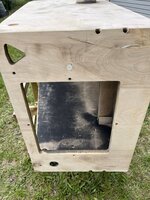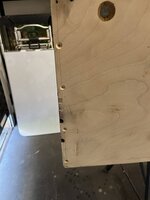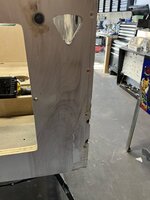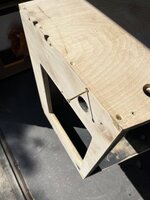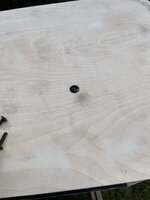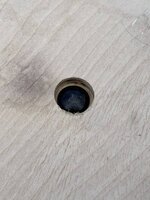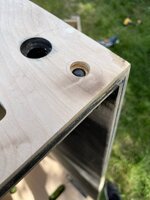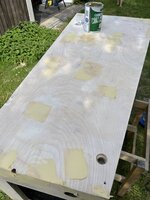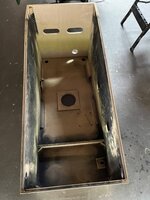Now that I’ve finally completed my T2 restoration , I thought I’d start a new shop log for the next project in line which is The Addams Family.
I’m actually going to be restoring 2 x TAF’s in tandem, one being mine own personal game and the other owned by another collector within the hobby.
I’ll mainly update this build log with progress to my game, just to save doubling up the photos etc, but I will add some progress updates for the other game as well.
The plan for both games are new decals, new playfields, refurbished armour, all new part etc, basically everything
They will look slightly different once they are finally complete as Ive got a few ideas for mine that I’d like to try out.
In regards to my TAF, I purchased it approximately 4-5 months ago, where It had been unused for the last 10 years but still played ok with no major issues.
I would say the worst part of it was probably the cabinet condition. It looked battered in some areas, and I could see straight away someone had tried to fix some damage to the rear with some polycell filler and I knew once I start taking it apart I’ll uncover some more problems.
and I knew once I start taking it apart I’ll uncover some more problems.
But overall it was in good playable condition.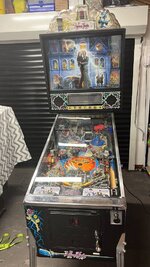
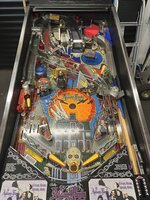
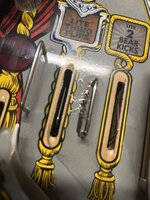
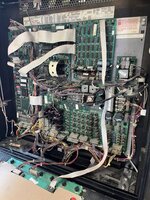
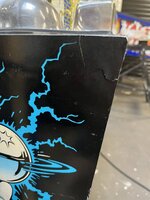
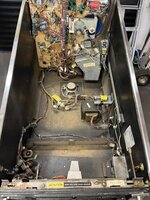
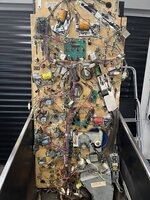
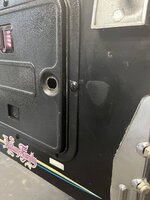
I’m actually going to be restoring 2 x TAF’s in tandem, one being mine own personal game and the other owned by another collector within the hobby.
I’ll mainly update this build log with progress to my game, just to save doubling up the photos etc, but I will add some progress updates for the other game as well.
The plan for both games are new decals, new playfields, refurbished armour, all new part etc, basically everything
They will look slightly different once they are finally complete as Ive got a few ideas for mine that I’d like to try out.
In regards to my TAF, I purchased it approximately 4-5 months ago, where It had been unused for the last 10 years but still played ok with no major issues.
I would say the worst part of it was probably the cabinet condition. It looked battered in some areas, and I could see straight away someone had tried to fix some damage to the rear with some polycell filler
But overall it was in good playable condition.









